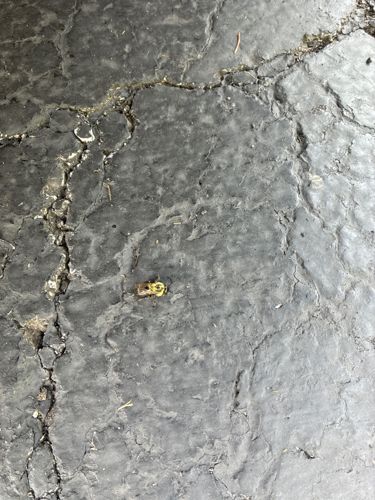Bumble Bee
Scientific Name: Bombus (genus)
Order & Family: Order: Hymenoptera, Family: Apidae
Size: Typically 6 to 25 mm (0.24 to 1 inch) in length, varying by species and caste (queen, worker, male).

Natural Habitat
Bumble Bees can be found in various habitats including gardens, meadows, woodlands, agricultural areas, and urban parks, anywhere where there are sufficient flowering plants for foraging and suitable nesting sites. They often nest underground in abandoned rodent burrows or in dense grass clumps.
Diet & Feeding
Bumble Bees primarily feed on nectar, which provides them with energy, and pollen, which is a source of protein and other nutrients. They are generalist foragers, visiting a wide variety of flowering plants.
Behavior Patterns
Bumble Bees are social insects living in colonies, typically smaller than honeybee colonies. They are known for 'buzz pollination' or sonication, where they vibrate their flight muscles to release pollen from flowers. They are less aggressive than some other bee species but will sting if provoked or if their nest is threatened. Queens emerge in spring to start new colonies, lay eggs, and workers forage for nectar and pollen throughout summer. Only fertilized queens overwinter.
Risks & Benefits
Benefits: Bumble Bees are highly effective pollinators for a vast array of wild plants and agricultural crops, contributing significantly to biodiversity and food production. Risks: They can sting, and while generally not aggressive, their sting can be painful. For individuals allergic to bee stings, a sting can cause a severe anaphylactic reaction. Their populations are declining globally due to habitat loss, pesticide use, and climate change, which poses a significant risk to ecosystems and agriculture.
Identified on: 8/8/2025